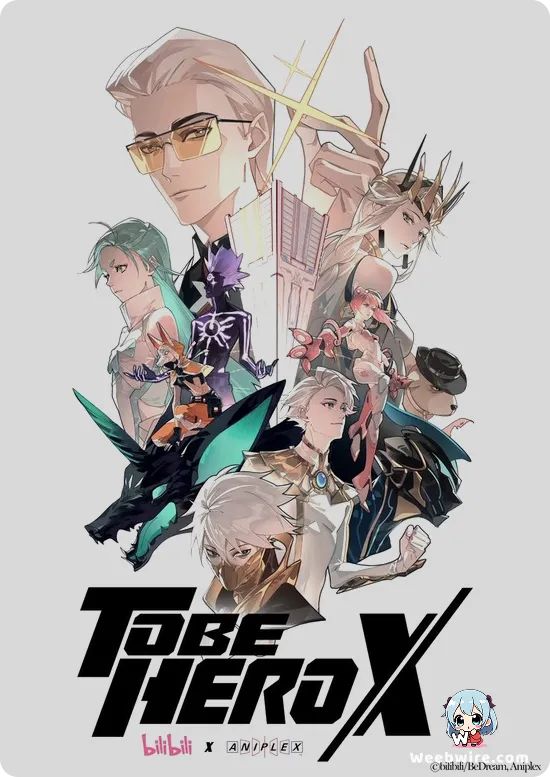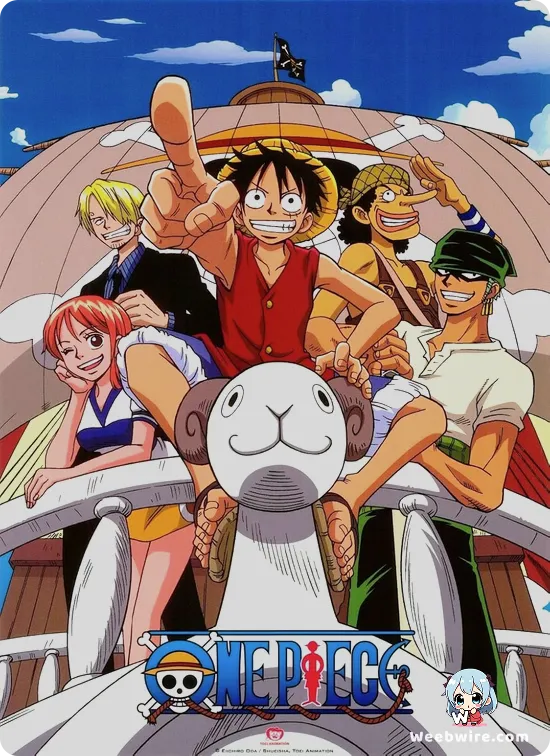Back to News
© Katsuhiro Otomo (original author and illustrator), Tokyo Movie Shinsha (studio), Kodansha (publishing company) | www.animenewsnetwork.com 
© Katsuhiro Otomo (original author and illustrator), Tokyo Movie Shinsha (studio), Kodansha (publishing company) | www.animenewsnetwork.com
Akira: Unveiling the Revolutionary Secrets Behind a Global Anime Phenomenon
ClassicDeep DiveBehindGOATExplained
3 months ago
Share this news:

Katsuhiro Otomo's Akira is not merely an animated film; it stands as a cinematic landmark that profoundly reshaped global perceptions of anime. While its dystopian grandeur and deep thematic explorations are widely celebrated, many lesser-known facts and revolutionary production choices highlight its legendary status. These details reveal the meticulous craftsmanship behind its enduring brilliance and its significant impact on pop culture.
Pioneering Production and Unmatched Realism
A cornerstone of Akira's innovation was its groundbreaking use of pre-scored dialogue. Breaking away from the standard Japanese animation practice where dialogue was recorded after animation, Akira's voice actors recorded their lines first. This method allowed for unprecedented lip-syncing accuracy and emotional depth, establishing a new industry benchmark for character realism. This commitment to detail extended to the animation itself: Akira was almost entirely animated at a full 24 frames per second. This was a stark contrast to the limited animation techniques common at the time, which typically used 8-12 frames per second. This dedication resulted in breathtakingly fluid and lifelike motion in every single frame.
Such artistic ambition demanded an astronomical budget for its era. Reportedly costing 1.1 billion yen, which was approximately $9 million USD in 1988, Akira became the most expensive anime film produced up to that point. This substantial investment enabled its unparalleled quality, including the use of an astounding 160,000 meticulously hand-painted animation cels and a groundbreaking palette of over 327 distinct colors, far exceeding what was typical for anime productions.
Katsuhiro Otomo's Singular Vision
Katsuhiro Otomo, the original manga creator, exercised virtually unprecedented creative control as the film's director. This ensured a singular, uncompromised vision for the project. He personally designed many mechanical elements, including Kaneda's iconic red motorcycle. While deeply rooted in the manga, the film's narrative presented a condensed, distinct story. It adapted only the first half of the manga and crafted an entirely new ending to amplify its powerful themes of governmental corruption, social unrest, psychic evolution, and destructive power.
Enduring Cultural Footprint and Global Influence
Akira's cultural footprint is immense and far-reaching. The 'Akira Slide' became a legendary animation trope, inspiring countless homages across various media. Its revolutionary soundtrack, created by Geinoh Yamashirogumi, was a unique fusion of Noh music, Gamelan, and electronics. Notably, much of this soundtrack was composed before the animation, directly influencing the pacing and mood of many scenes.

Neo-Tokyo, a character in itself, was inspired by post-war Japan's rapid urbanization and profoundly influenced Hollywood blockbusters such as The Matrix and Looper. Crucially, Akira was instrumental in elevating anime as a serious art form in the West, cementing its place not just as a cinematic triumph, but as a pivotal moment in the history of animation.
Credits
Akira
Author
Katsuhiro Otomo
Cover Art
Katsuhiro Otomo
Studio
Tokyo Movie Shinsha
Publisher
Kodansha
Producers
Akira CommitteeBandaiKodanshaMainichi Broadcasting SystemSumitomo CorporationTohoTMS Entertainment
Credit #1From Public Sources





